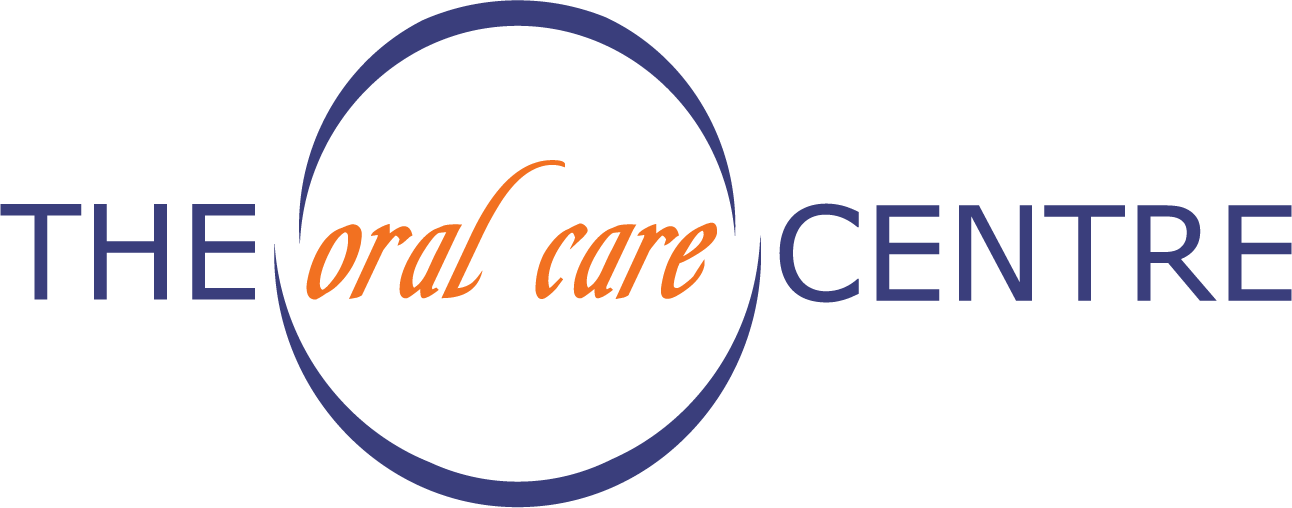Many people want to achieve a whiter, brighter smile. Despite the plethora of products available online, it’s still a must to consult with your dentist first. After all, various in-clinic options are effective and do not cause whitening side effects. Learn more about cosmetic dentistry, particularly teeth whitening in Singapore here.
Are White Teeth Common?
Did you know that teeth are not naturally pure white in most people?
The colour of our teeth is determined by (a) the composite colour of all the structures that make up the tooth – the outer layer of enamel, the inner layer of dentine as well as the pulp which contains the nerve as well as (b) how light is absorbed and reflected off these structures.
Enamel is whiter, while dentine has a naturally yellow tinge. There is also a natural gradation of colour – darker nearer the gum margin and lighter at the tip of the teeth. This variation is affected by the thickness and translucency of the enamel and dentine. Typically, the canines at the corner of the mouth are darker than the front teeth and teeth also tend to become darker with age.
Common Factors that Influence the Colour of the Teeth
Some of the common factors influencing the colour of our teeth include:
- Extrinsic stains caused by coffee, tea, smoking, and certain mouth rinses.
- Tooth decay, poor oral hygiene, gum recession, failing restorations/fillings, and trauma.
- Exposed dentine, which affects the thickness and translucency of the enamel i.e. its ability to camouflage the yellowish underlying dentine.
- Developmental defects affecting the enamel or underlying dentine either congenitally e.g. hypoplastic teeth; amelo/dentinogenesis imperfecta or caused by intake of antibiotics like tetracycline and excessive fluoride.
Remember: certain methods of bleaching are better than others, depending on the cause of discolouration. Your dentist would be the best person to advise you on what is most appropriate.
How Do You Keep A Bright Smile?
If your teeth are not inherently discoloured by developmental defects affecting the tooth structure, then the best way to preserve your smile is to be judicious in your oral hygiene.
Good oral hygiene not only prevents tooth decay and gum disease but also limits the accumulation of food debris and plaque and tartar build-up. However, one should use the right brushing technique, a soft toothbrush, and not too abrasive toothpaste to prevent gum recession and damage to the enamel.
Dental Bleaching for Teeth Whitening – How Does It Work?
Teeth whitening in Singapore commonly uses an oxidising agent (either hydrogen or carbamide peroxide in varying concentrations) to break down the pigment molecules so that they can either be small enough to diffuse out of the tooth structure or absorb less light and hence appear lighter.
The process can be initiated by a light source, which acts as a catalyst to speed up the bleaching process but may not necessarily translate to better/whiter or more long-lasting results.
Teeth Whitening in Singapore: Dental Bleaching Options
Dental bleaching can be achieved in several ways, including:
Home Dental Bleaching
This involves the patient applying a bleaching gel into a custom-made tray that is inserted over the teeth they want bleached. As the tray is custom-made, remember that you need to visit the dentist for this. Below are things to know about home dental bleaching:
- Depending on the bleach concentration and frequency of application, the process usually takes 2-4 weeks for maximum effects.
- Patients are encouraged to wear the bleaching tray at home at their convenience or during sleep so that the tray is on for a few hours at a stretch. This also causes minimal interference with eating and speech.
- A big advantage to this procedure is it’s usually inexpensive. As less clinical chairside time is utilised, this process is cheaper for the patient compared to in-operatory bleaching.
However, success in using a home bleaching kit is dependent on patient compliance. Therefore patients opting for this procedure must make the time to use the tray as instructed. Please don’t attempt to use trays that are not custom-made for you as leakage of the whitening gel may occur and result in chemical irritation of the gums and discomfort .
Apart from bleaching trays, there are also whitening strips and paint-on gels containing milder bleaching agents. These can be bought over the counter in pharmacies/supermarkets. Although these kits are generally safe to use without the supervision of a dentist, the active agents may be too mild to be effective.
In-Operatory Bleaching
Another way of teeth whitening in Singapore is in-operatory bleaching. This is carried out in the dental office and is for patients who do not have the time; discipline or patience for home dental bleaching. Patients who have a strong gag reflex and are not be able to tolerate the bleaching tray or the taste of the bleaching agent may also benefit from the in-operatory option.
Although this procedure produces almost ‘immediate’ results, it is by no means the endpoint as relapses can still occur, like in all forms of bleaching, and patients should still be prepared for further bleaching sessions or even a touch-up home kit, in certain cases.
Stronger bleaching agents and/or light activation are generally used in the clinic to hasten the bleaching process. Therefore, a meticulous protocol in handling, applying, removal, and disposal of the bleaching agent is essential to avoid chemical/tissue burns to the gums and lips.
There are some patients with very well demarcated blotches/patches that can be discoloured in brown or opaque white. These may be caused by decalcification of the enamel by caries attack; sometimes commonly observed after completion of orthodontic treatment and seen around where the brackets were previously attached. These ‘white spot’ lesions can be quite unsightly and cannot be cleaned away or corrected by teeth whitening alone. Another option now available to patients is to seal these decalcified areas with ICON resin infiltration therapy after bleaching for a more even and superior aesthetic outcome.
Non-Vital Bleaching
Finally, teeth whitening in Singapore also includes non-vital bleaching. This type of bleaching is used on teeth that have undergone root canal therapy. The bleaching agent is sealed into and left in the tooth for 7-10 days.
Whitening Side-Effects: What To Expect
Teeth bleaching supervised by trained dental professionals is a very safe procedure when performed on suitable patients. However, results may vary and can be subjective, dependent on patient expectations. Numerous studies have shown that teeth bleaching does not damage or weaken the enamel and/or dentine, nor does it hurt the nerves within the teeth.
Teeth bleaching does not have significant effects on existing fillings. Therefore, fillings will not be lightened or damaged by the bleaching process. However, if tooth-coloured fillings need to be replaced after bleaching due to the resulting colour mismatch, this should be carried out 2 weeks after the bleaching so that the fillings will adhere better.
The main whitening side effects include relapse; gingival irritation by the bleaching agent and teeth sensitivity.
- All methods of bleaching may have issues with relapse and a simple touch up may be carried out when the need arise with the home kit
- Two-thirds of patients who bleach their teeth complain of some form of teeth sensitivity. However, this tends to be transient and usually resolves on its own within 2 weeks.
- Desensitising agents containing fluoride or potassium nitrate, and modifications to the bleaching procedure can go a long way to prevent and manage these complications.
Remember
Patients with pre-existing tooth sensitivity should be cautious. Discuss these concerns with your dentist before deciding on any treatment.
Key Takeaways
Teeth whitening is not necessary for everyone. Teeth are not naturally pure white. There are a variety of factors that influence teeth colour, including extrinsic stains (such as those from coffee or smoking), tooth decay, and certain medications.
Good oral hygiene is crucial for a smile brightening, but brushing too hard or using overly abrasive toothpaste can damage enamel and gums.
There are several teeth whitening options available in Singapore, including home dental bleaching, in-operatory bleaching, ICON resin infiltration therapy and non-vital bleaching. While dental bleaching is generally safe, whitening side effects such as teeth sensitivity and gum irritation can occur.
It’s important to consult a dentist to determine the best whitening method for you.
References:
Tooth Discoloration, https://my.clevelandclinic.org/health/symptoms/10958-tooth-discoloration , Accessed July 26, 2024
Tooth-bleaching, https://www.health.harvard.edu/staying-healthy/tooth-bleaching Accessed July 26, 2024
How Custom Whitening Trays Brighten Your Smile, https://www.colgate.com/en-ph/oral-health/teeth-whitening/how-custom-whitening-trays-brighten-your-smile Accessed July 26, 2024
How to Help Sensitive Teeth After Whitening, https://www.sensodyne.com/en-us/oral-health-tips/whitening-sensitive-teeth/how-to-help-sensitive-teeth-after-whitening/ Accessed July 26, 2024

